Subscriptions

There’s a monthly subscription for anything these days. Paying $10 a month for a single service isn’t a huge waste, but don’t get hooked on them. You’ll pay $120 for a single years subscription. The yearly cost obviously spikes if you’re subscribed to plenty. Let’s compare monthly subscriptions to streaming services.
Here is the cheapest plan of the major streaming networks:
- Netflix: $9.99
- Hulu: $6.99
- Disney+: $7.99
- Amazon Prime Video: $8.99
- HBO Max: $9.99
For this, we grabbed the lowest monthly price for the top streaming networks. Most of these are including ads and don’t include taxes (which most streaming networks charge for). If you’re subscribed to all of them, you’re shelling out nearly $45 per month. Per year? You’re paying out nearly $530 per year.
Withdrawing Cash from Out-of-Network ATMS

In this increasingly plastic-friendly world, fewer of us are carrying cash. Whenever we find ourselves in a “cash only” situation, we rush to the nearest ATM without a second thought. If you withdraw cash from an out-of-network ATM once a week, you lose a couple of dollars for the sake of convenience.
The average withdrawal fee is $4.35. Running to an out-of-network ATM once a week results in over $200 of ATM fees a year. Depending on the location of the ATM, you could face an even higher fee; hotels and entertainment venues tend to have higher withdrawal fees than a regular drive-through ATM.
Sodas and Bottled Water

Ordering a Coke with your meal will add about three bucks to your bill, but at least you have free refills, right? A minor frill becomes a big expense if you’re taking the family out to eat. Many people have sworn off soda lately in hopes of losing weight and pinching pennies.
After all, going to the soda machine every day adds up to $12.25 a week (at $1.75 per soda per day). The convenience of bottled water—and the peace of mind from filtered water from a natural spring somewhere far away—isn’t worth the $639 you’d spend if you bought a bottle every day. Reduce waste by purchasing a reusable water bottle.
Mani-Pedis at the Salon

How many of you regularly visit the nail salon? It’s fun to treat yourself to a mani-pedi, but you ought to do your nails at home if you’re on a budget. Although pricing will vary by location, you’ll likely spend anywhere from $45 to $70 per trip before tip. Depending on the type of nails you get, you could end up going twice a month.
On the low side, you’re looking at spending anywhere from $540 to $840 per year just on nails! If you want to save some dough, it may be worth investing in your own nail polish to do your own manicures and pedicures. After all, you could buy around 70 bottles of nail polish for $840!
Your Workday Coffee or Frappuccino

Whether you get your caffeine fix from Starbucks or Dunkin, you’re paying too much for coffee. For this, we’ll compare two drinks: a small caramel macchiato and a small caramel Frappuccino from Starbucks. A small caramel Frappuccino and a small caramel macchiato will run you $4.45 (without tax and additional add-ons) each.
If you were to get one Monday through Friday (on your way to work), you’re looking at spending something like $1,157 per year for a single drink each working day of the year. That’s pretty crazy. If you get add-ons, you’re looking at even more! By the way, a black coffee? That’s still $2.65 per order and would be close to $690 per year. Brew your own – it’ll taste better!
Video Games

Looking past the obscene cost of video games these days ($80 per game), you gotta also look at the cost of all those subscriptions. There’s no reason you need to be subscribed to every console subscription (and then some PC subscriptions). It’s like being subscribed to all the streaming networks – if you aren’t using them, there’s no reason to have them!
This is the cost of popular gaming subscriptions:
- Playstation Plus: $60 per year
- Xbox Live: $59.99 per year
- Nintendo Switch Online: $19.99 per year
If you add all those up, you’re looking at $220 per year! That doesn’t include buying any games or any other subscriptions you might use on your PC. Sure you might get a free game or two each month, but are you even playing them all? This doesn’t even touch the price you pay if you subscribe monthly; that could be twice as much!
Saturday Night Barhopping

Drinking with friends is fun. Paying up at the end of the night? Not so much. A cocktail costs about eight dollars, and we’re assuming most people drink around two or three. Before tax and tip, your bill will be at least $24. Drinking at a bar every Saturday for a year will cost at least $1,248 (assuming you don’t have expensive tastes).
Beer drinkers don’t have it any easier. Let’s say the average drink for a bottle of beer is $3.50, and you drink three. Each Saturday, that amounts to $546 per year. If you drink craft beer? You’re spending around $6 per drink, which amounts to $954 yearly (if you have three a night on Saturday nights only). Pregame or just have a night in!
Friday Night Pizza Delivery

If you were to get a single topping, original crust pizza at a national pizza chain, you’re looking at spending $15 per pizza. If you were to get this pizza (with no extra toppings), you’re also going to spend nearly $5 in delivery fees and anywhere between $3 to $5 on a tip.
Even if we go with the lowest estimate, you’re going to spend around $23 per Friday night on a single pizza. At the end of the year, you’re going to spend almost $1,200 on pizza! The delivery alone accounts for almost half of that. If you want pizza, get frozen or consider picking it up yourself to save the extra $8+.
Pack-A-Day Smoking

This is a big one. Smoking cigarettes is an addictive habit that’s hard to beat, we know, but it’s also one of the most expensive on our list. The average cost of a pack is around $7, but it could be much, much higher depending on how much your state charges for the tobacco tax.
If you smoke a pack a day, that can get pretty pricy. You’re likely spending around $50 per week! That equals to $2,600 per year! That doesn’t even go into the fact smoking causes serious medical issues later in life that will make $2,600 seem like pocket change. It may be time to call it quits.
Buying Lunch Every Day
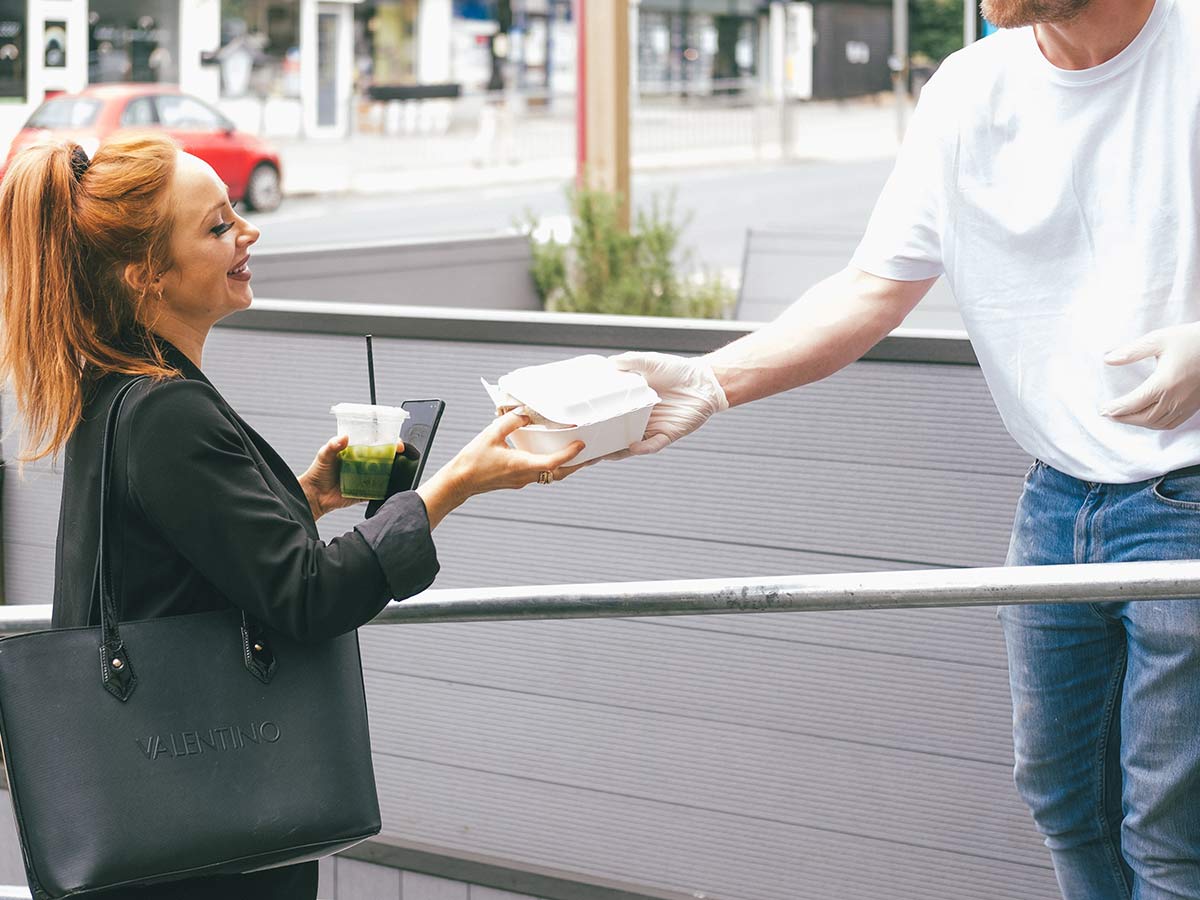
Fast food is convenient but unhealthy, so you’ve switched to ordering salads from that local place nearby. Whether it’s Wendy’s or the bistro around the corner, you’re probably still spending around $10 (on the lower end) during every lunch break. Packing your lunch is the smartest option of all.
Waking up early to pack lunch is a pain, but not as painful as spending $2,600 a year on take-out lunches. You can either spend $10 on a single lunch special or a week’s worth of sandwich fixings. If you really look at the makings of a salad, they’re all pretty cheap. A bag of lettuce, croutons, cheese, and even chicken can be $10 for four servings!
That Gym Membership

You know that gym membership you pay for but then never go? That’s costing you. While there are many cheaper gym memberships, most people enroll in a gym that costs around $60 per month. These are the ones that offer showers, pools, and a sauna while places like Fitness 10 offer little more than equipment.
Even if you go once a week, you’re paying $720 for a gym membership you use four times a month. That’s about $15 per visit! Unless you go to the gym regularly, it’s time to cancel that membership and save the money to purchase your own gym equipment. Equipment in your home is more likely to be used, anyway.
Grocery Shopping While Hungry

Whenever you go to the grocery store, it may seem impossible not to get hungry. After all, you're surrounded by food! That doesn't mean you shouldn't grab a snack before or even during. Going grocery shopping while hungry will only end with you spending more. Several tests have been conducted, showing that people shell out a lot more dough when their stomach rumbles.
The Proceedings of the National Academy of Sciences published a study recently that showed that people spend 64% more money when shopping, but the surprising thing is that they bought more non-food items than the less hungry customers! Before you go to the store, grab something to eat just to keep those hunger pangs away.
Tossing Out Food

Food waste is a major issue in America, and accounts for 30% to 40% of our food supply (according to the USDA)! Granted, the bulk of that is grocery stores, but the average household still throws away nearly half of what they buy every year. That accounts for some major dough.
According to Feeding America, the average family of four throws away $1,600 in produce alone. The best way to avoid this is to create meal plans that account for all the food you buy. Make an effort to eat it as the week progresses. Also account for going out to eat if you know you’re going to do it once a week.
Drinking Energy Drinks
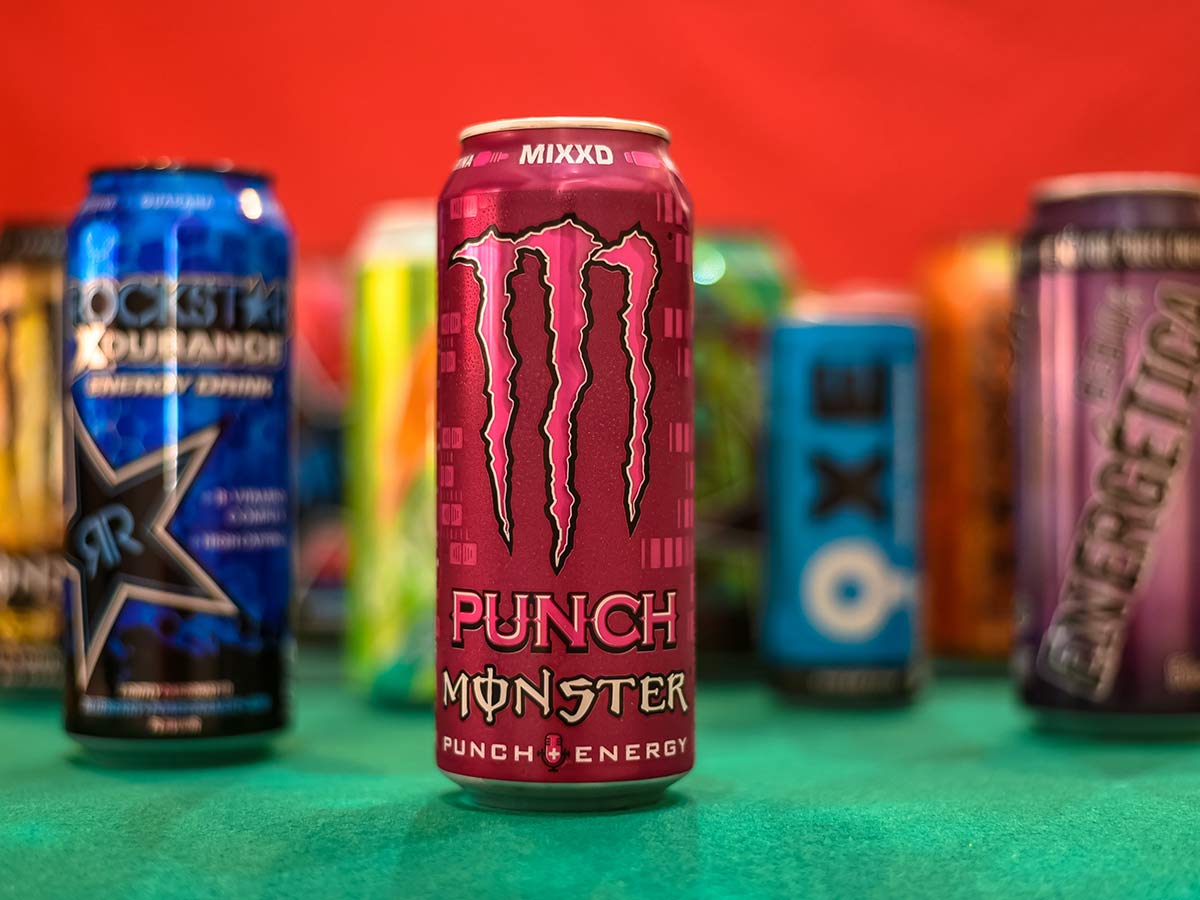
People who drink energy drinks often think that they’re a lot cheaper than grabbing a latte each morning. That isn’t necessarily true! Some energy drinks can cost as low as $1.99 while others can cost up to $4 or more! While that is cheaper, many people typically drink two since you can throw them in the fridge for later.
For this example, we’ll use Bang energy drinks. A single can of Bang can cost around $2.50 depending on where you get it. If you drink two of those a day, that’s $5 per day. Let’s say you have one a day, every day, for the full week. That will cost you nearly $1,825 per year (not including tax).
Buying Name Brand

While this isn’t true for every grocery store item out there, you can probably save a good chunk of dough just buying off-brand items. Many times, the off brand is the same item as the name brand, but the name brand is marked up quite a bit just because of recognizability.
Let’s compare cereal. At Walmart, a box of Post Honey Bunches of Oats with Almonds is $3.48. The Walmart brand of that same cereal is $1.84. That’s a difference of $1.64. If you eat a box of cereal a day, that’s nearly $100 per year. Multiply that times every brand name item you buy, and that’s a ton of money just wasted on a brand name.
Leasing Cars

Buying a car is expensive, and there’s no doubt about that. A lot of people have tried to get away from that by leasing instead. By leasing, you don’t technically own the vehicle, but you can trade it in every two years or so for a new one. Sounds great, but you really aren’t saying any money.
According to CreditKarma, the average car lease in 2020 was $467, which is $100 less than the average car loan. The thing about that is the first 60 months, you’re saving money, but after that? Any money you spend is wasted. If you own a car, you have zero car payments, while you’re still spending over $5,600 per year on a vehicle you’ll never own.
Paying Bills Late

As you grow older, you learn quickly that you pay your bills on time. If you don’t, then you’re going to be spending a lot more money than you planned on. This goes for mortgage, rent, credit card payments, light bills – everything! Unfortunately, some people have a hard time paying on time for various reasons.
Depending on what you’re late on paying, you could pay as much as $25 per month for a single bill! That accounts for $300 per year extra for a single bill. The best way to avoid this is to just pay on time. Set up a calendar or a reminder to pay everything on time as much as possible. In this case, you’re literally throwing money away.
Changing Oil Too Often

You want to maintain your car because not doing so will waste money, but there’s such thing as changing your oil too often. That can really hurt the pocketbook. Nowadays, a lot of people get an oil change with synthetic oil, and that’s a good thing! It’s more expensive, but it lasts much longer than regular oil.
Conventional oil needs changes at 3,000 miles, but synthetic needs to be changed every 8,000 miles! That means you’re getting at least two oil changes when you only need one. Since they’re $100 or so, you’re flushing money down the toilet (or down the oil pan in this case). If you drive more, you’ll waste even more!
Never Haggling

You might be surprised how much money you can save by just haggling! We’re basically taught in America that the price you see is the price you get, and that haggling is a thing of the past. That’s just not true. You can haggle on a ton of services like cable bills, car insurance, hotel fees, and so much more.
If you even save $20 per month on your cable or phone bill, that’s an extra $240 in your pocket each year. That’s nothing to turn your nose up at! If you quadruple that for all your bills and services, you’re looking at a nice chunk of change. Haggling won’t always work, but the worst the company can say is “no.”
Buying the Newest Tech

Nowadays, it seems normal to upgrade your technology regularly. New phones, in general, come out every single year. Just because that happens, doesn’t mean you need to swap every year! In most cases, there aren’t many upgrades inside of the phone, meaning you’re buying for brand recognition.
Unless you need an upgrade or your phone is broken, keep the one you have. Remember the old adage, “If it ain’t broke, don’t fix it.” Couple that with the fact that paying for phones (even with BOGO) deals can still be around two to three years. If you want to upgrade each year, you’ll still be paying on the original phone!
Eating at Restaurants Often

We’re not telling people to never eat out at restaurants. One of the number one past times in America is getting together with your friends to share a meal, often in a restaurant. That being said, there’s no need to sit down for dinner two or three times a week. That can seriously cost you.
Let’s say you spend around $25 for one person for dinner (double this for a couple). If you eat out three times a week, that’s $75 per week or $300 per month. At the end of the year, you’re paying $3,6000 just in dining at a restaurant! There’s nothing wrong with cooking with your friends or swapping who is doing the cooking.
Impulse Shopping

Everyone in America impulse buys. That’s what our society is nearly built on. “Buy now!”, “Don’t miss out!”, and “once in a lifetime deal!” are all phrases we see regularly. That doesn’t mean you need to participate in these so-called money-saving deals. That’s just wasted money if you weren’t going to buy it in the first place.
Ramsey Solutions did a study and found that we spend, on average, $276 per month on impulse buying. That means we’re spending an extra $3,312 every year on things we likely don’t need. It may be time to leave that checkout line gum, toys, and “treat yourself” stuff in the store.
Using Food Delivery Services
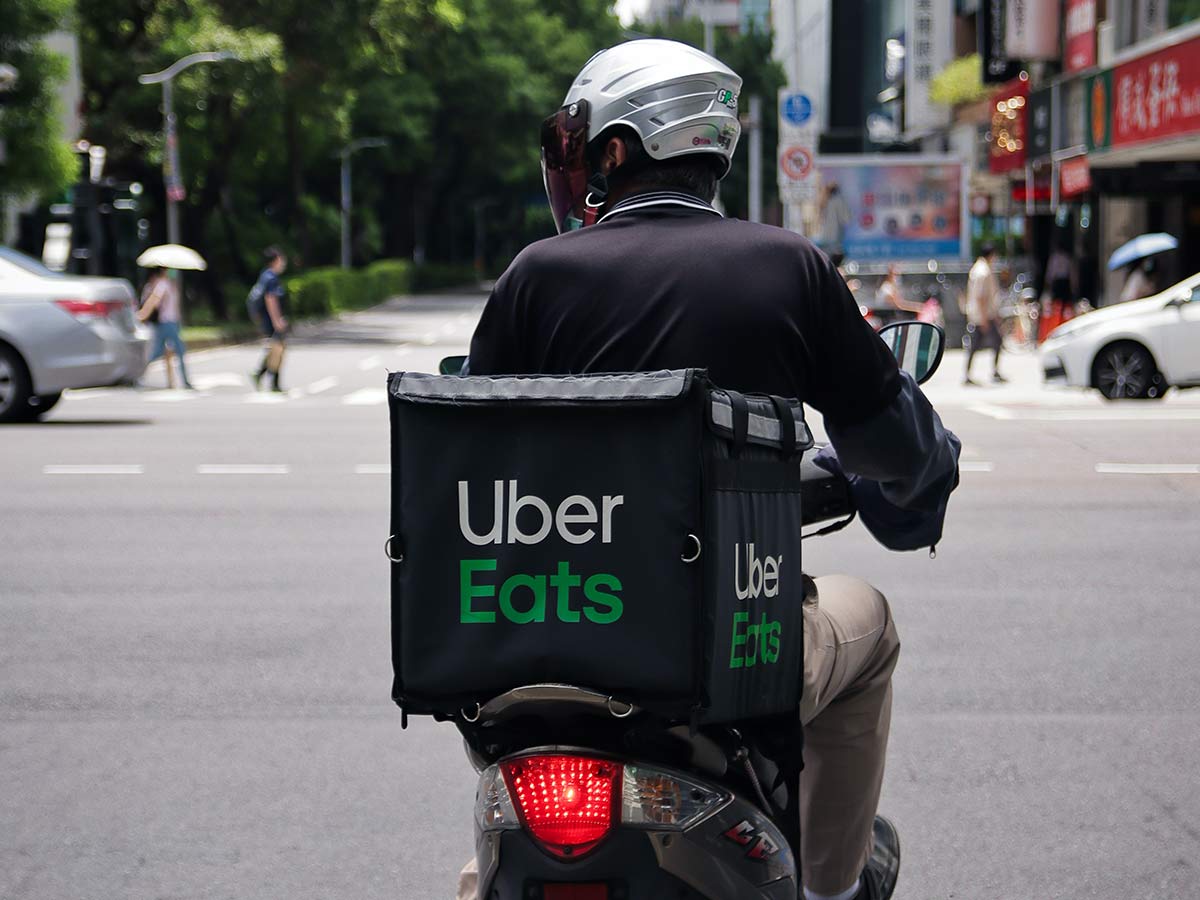
Food delivery services are stupid expensive. If you’re going to get lunch that’s typically $10, you can be expected to pay upwards of $25 without tips! That’s an extra $15 just to have the food delivered. it’s become a joke that people add food to their cart, see the price, and then click out.
Maybe that’s a good thing, because those who go through with the purchase are wasting money. If you order twice a week, that’s $30 per week. Over a year, that’s about $1,440 per year just on delivery services and upcharges. Here’s a secret: the food is also more expensive so it’s kind of like you’re double charged.
Couponing for Unneeded Items

Couponing is absolutely huge, but anyone who wants to get into it quickly notices that the coupons may not be for items they need. While this isn’t always true – especially for large families – the average person may not need the items which you get coupons for. Even worse, are they the items you want?
Any money spent on an item you don’t like or won’t use is just money wasted. For this reason, we can’t give an exact amount as this will vary from person to person. A couple of questions to ask yourself before buying are if you’ll use it, if you like it, and if you need it. If any of those answers are no, maybe save the money.
Gambling
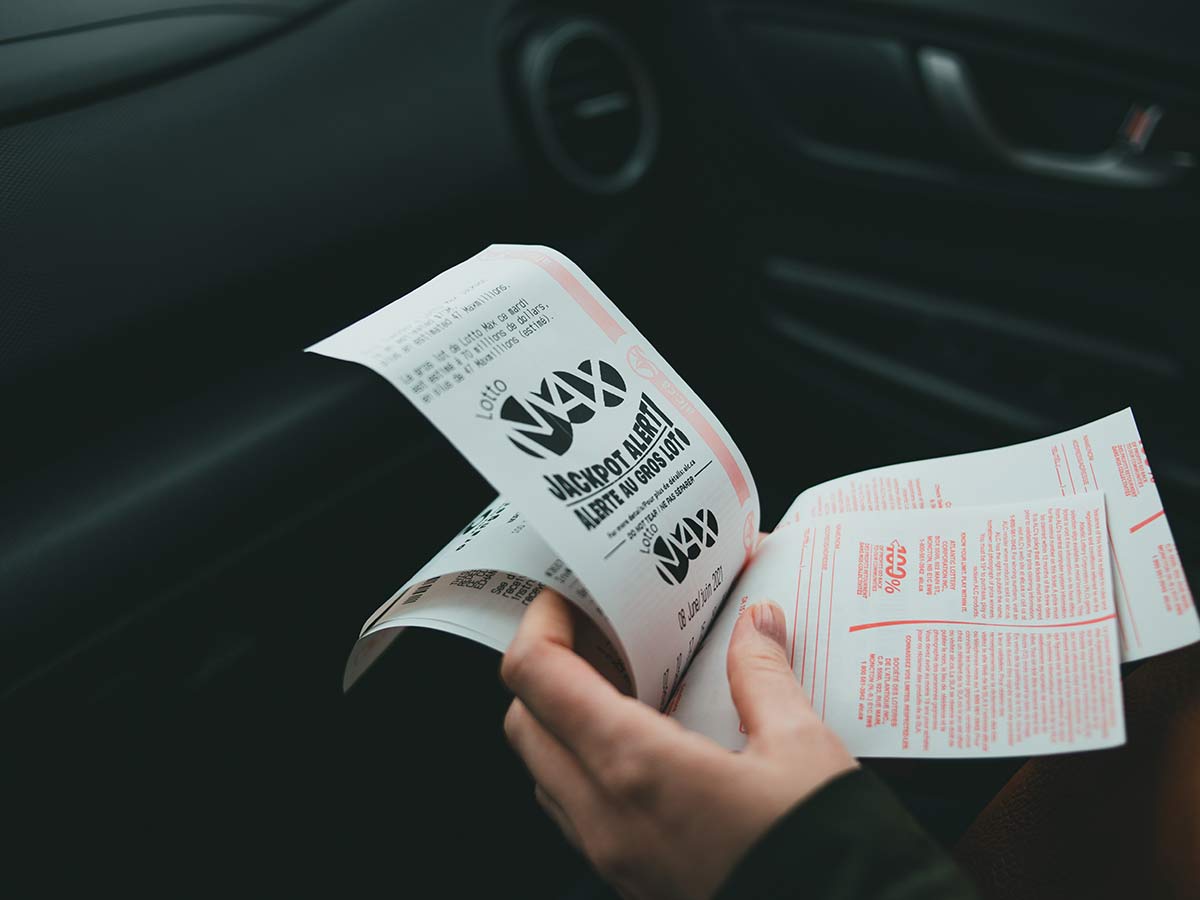
We’re not talking about heading to the blackjack table to drop some serious dough, although that can certainly be a massive waste of money. Some people get seriously in debt doing things like that! We’re going to stick to the average type of gambling, which is lottery tickets and scratch-off tickets.
If you buy two lottery tickets and two scratch-offs (valued at $5 each) per week, that’s $12 per week. At the end of the year, you’re spending over $600 on something that’s likely to give you little to nothing in return. Sure, you might win the lottery, but the actual chances of that are 1 in 176 million.
Dry Cleaning Clothing

Dry cleaning clothing is sometimes necessary. Some items can’t be thrown in the wash, but everything doesn’t need to be dropped off. If you wear five button-ups per week, and each one of those is dropped off at the dry cleaners, the money starts to add up. We’re talking about a massive amount, too.
If a shirt costs $5 to dry clean, you’re going to spend $1,300 on shirts alone! That doesn’t even include pants, jackets, dresses, or anything else. Before taking it to the dry cleaner, check the tag. Even then, you can search the fabrics to see if the tag is telling the truth. You may be surprised by the number of things you can throw in the washing machine!
Cheapening Out on Big Purchases

In all this talk of saving money, you might look at your big purchases and think that you could save serious money getting something a lot cheaper. After all, it’s easy to see that you can save $400 in one purchase, but are you really saving money? Maybe not. Things like tires, mattresses, and other things are worth spending a little extra.
Let’s talk about mattresses. After all, you spend a third of your life lying in one, so you want to get something that’s good quality, right? A cheap bed can cost something like $250 for a king mattress, but you very well may have to replace it in a couple of years. However, higher-quality brands should last the full seven to 10 years. In 10 years, you spent $1,250 on the cheap bed versus $800 on the expensive one.
Not Setting Up Autopay

This one could be tough for some people, but it helps in two ways. First of all, you’ll avoid paying any late fees. That’s something we mentioned earlier as some things don’t have autopay. The second biggest thing is that you can save money by setting up autopay – yes, you read that right!
Many companies are offering discounts of $5 to $10 off your bill by setting up autopay, which can account for some decent savings. If four companies you subscribe to save $10 per month, that’s nearly $500 for the year! However, make sure the auto-draft date works out for you, as you may end up spending more in fees.
Not Shopping Around Online

While the pandemic was horrific, it changed a lot of stuff for the better. Namely, shopping online. Most of us know to shop around for small household items like lamps, vacuums, and other similar items, but did you know you can also shop around for groceries? It’s certainly surprising for some!
Let’s compare shredded cheese. The store-brand shredded Mexican cheese at Kroger is $2.99, while at Walmart, it’s $2.22. That one purchase saves $0.77, but what if you buy 50 items per week that are even $0.50 cheaper than another item. That’s a $1,200 savings per year!
Using High Interest Credit Cards
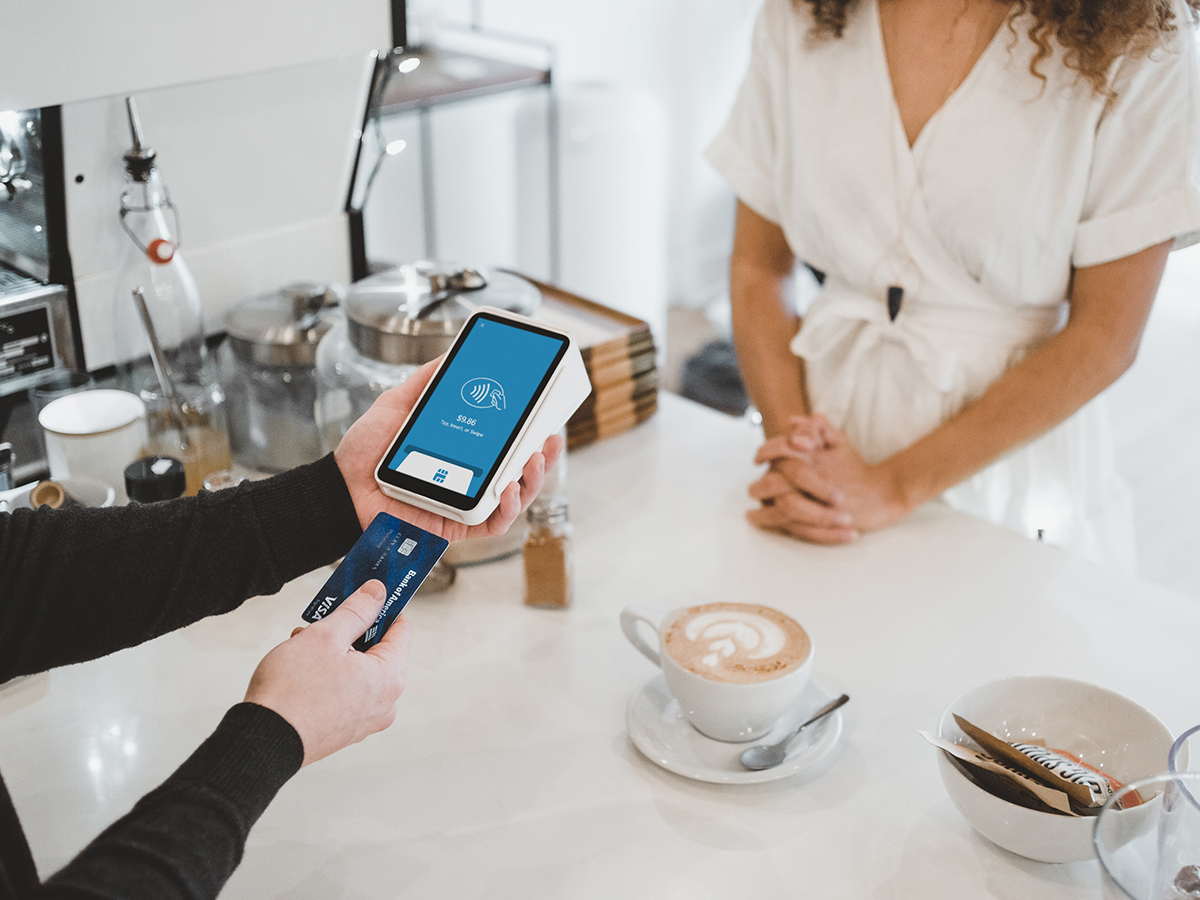
Credit runs the world, and many people now use credit cards on a daily basis. Why not? They can help us earn money back or airplane miles for a fun trip. Be careful, though. Not all credit cards are created equal. Some credit cards have interest rates as high as 30% while others could be as low as 18%.
CNBC states that the average American has over $6,000 in credit card debt. So, let’s compare that amount with a 30% interest rate and an 18% interest rate. At 30%, a $6,000 balance (with a monthly payment of $155 per month), you’re going to pay a whopping $15,555 in interest. Those same numbers with 18% interest amounts to $3,000 in interest.
 Author
Alot Living Team
Last Updated: November 23, 2025
Author
Alot Living Team
Last Updated: November 23, 2025